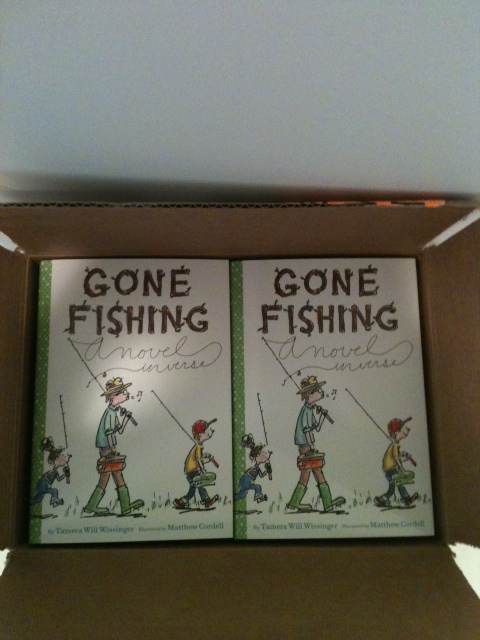This is part two of my four-part National Poetry Month/Poetry Friday essay on poetic forms.
PARODY POEMS:
A parody poem, also know as a “take off” poem or an “homage poem,” is a poetic form that can take many shapes. The one thing that parody poems have in common is that they are written in the style of a well-known poem that someone else wrote. The trick with a parody poem is to start out with enough of the poem’s original words and/or rhythm and rhyme patterns so that it’s recognizable. The poet’s job is to then change most of the words to create an original poem that parodies, or pays honor, to the original poem.
Last week I wrote an epigram that ended up also being a parody poem based on one that Samuel Taylor Coleridge wrote long ago. Click here if you would like to take a look: Epigrams with Samuel Taylor Coleridge
This week I decided to follow in the esteemed footsteps of Samuel Taylor Coleridge once again by writing a poem that defines the form. Here is my parody poem that I based on a well-known nursery rhyme and song:
PARROT! PARROT! PARODY: MOCKINGBIRD OF POETRY
Parrot! Parrot! Parody:
Mockingbird of poetry.
Paying honor, filled with wit.
Imitation: just a bit.
Parrot! Parrot! Parody:
Mockingbird of poetry.
© 2013 Tamera Will Wissinger
Based on what you just read, can you guess which famous nursery rhyme I’m parodying? If you guessed Twinkle Twinkle Little Star – you’re right!
Let’s see if this fits the definitions in the poem:
Parrot! Parrot!:
I’m familiar with the rhyme and rhythm in Twinkle Twinkle Little Star, and I kept that in mind as I wrote. I think that the rhyme in this matches up and the rhythm stresses all fall in the right places. Because this is a nursery rhyme, I also sang it to make sure that it sounded okay – give it a try. It works, right?
Paying honor:
I started the poem with two words in the same way as the original so that when someone familiar with Twinkle Twinkle Little Star reads my parody poem, they will (I hope) instantly know the rhyme and rhythm patterns of the new poem, even though they may be seeing it for the first time. That’s part of the fun of a parody poem – to surprise people with a new take on something that’s been around for a while.
Filled with wit:
Well, this is the most subjective aspect, but I’d like to think that the phrase “mockingbird of poetry” is kind of witty! And I hope the poem works well as a whole to define parody poetry.
Imitation: just a bit:
I tried to follow the form of the poem and repeated the first two words: Parrot! Parrot! in place of Twinkle, twinkle. And I also repeated the first couplet as the third couplet, just the way the original was written. Other than that, the words are my own. Someone might argue that I didn’t imitate enough…what do you think?
TRY WRITING A PARODY POEM
Here are ideas to get started writing a parody poem:
- Pay honor: This is the first step: Think of famous or well-known poems in history, or nursery rhymes or even lullabies. Choose one and think of an alternate subject.
- Parrot! Parrot!: Based on your subject, find words that might fit the rhythm of the poem. If you’re parodying a poem that is set to music, sing some of it to see if the words match up.
- Use wit: This is where you can use your imagination to add in wacky phrases or amusing descriptions. Going “over the top” is part of the fun of parody poems.
- Imitate just a bit: Carefully choose which few words you want to use to show that you’re writing a parody poem. For the rest of the poem, make sure that your rhythm matches the rhythm of the original poem, and that the rhymes fall in the same places, even if they are different rhymes.
For another example of a parody poem based on a famous poem, check out The Night Before Fishing in my book GONE FISHING: A Novel In Verse. (Oh, and it's also a concrete poem - a whole other essay for some other day.) Have a spooftacular time writing parody poems!
I hope to see you next week when I talk about poems of address and apostrophe!
~~~~~~
Here are a few announcements:
Did you know that Rumpelstiltskin was a poet? It’s true; RUMP: THE TRUE STORY OF RUMPELSTILTSKIN by Liesl Shurtliff which released last Tuesday, portrays Rumpelstiltskin as a poet. Today I’m featuring Liesl in an interview where she shares one of the poems from RUMP. And through April 21 there’s a giveaway. The Lucky 13s
I discovered another poet among recently debuted MG characters. Her name is Ratchet and she writes poetry in THIS JOURNAL BELONGS TO RATCHET by Nancy J. Cavanaugh. To see a poem from Ratchet’s journal, check out my interview with Nancy at Smack Dab Blog.
Poetry Friday is being hosted by Diane Mayr at Random Noodling.
For Verse Day #15, Stephanie Parent is featuring several new and old historical fiction verse novels on her blog: Stephanie Parent Blog
04.12.2013
 April 18 Vero Beach Book Center: I read with first grade students for Poem In Your Pocket Day!
April 18 Vero Beach Book Center: I read with first grade students for Poem In Your Pocket Day!April 26 My first school visits with Gone Fishing!
 Tamera WIll Wissinger
Tamera WIll Wissinger
